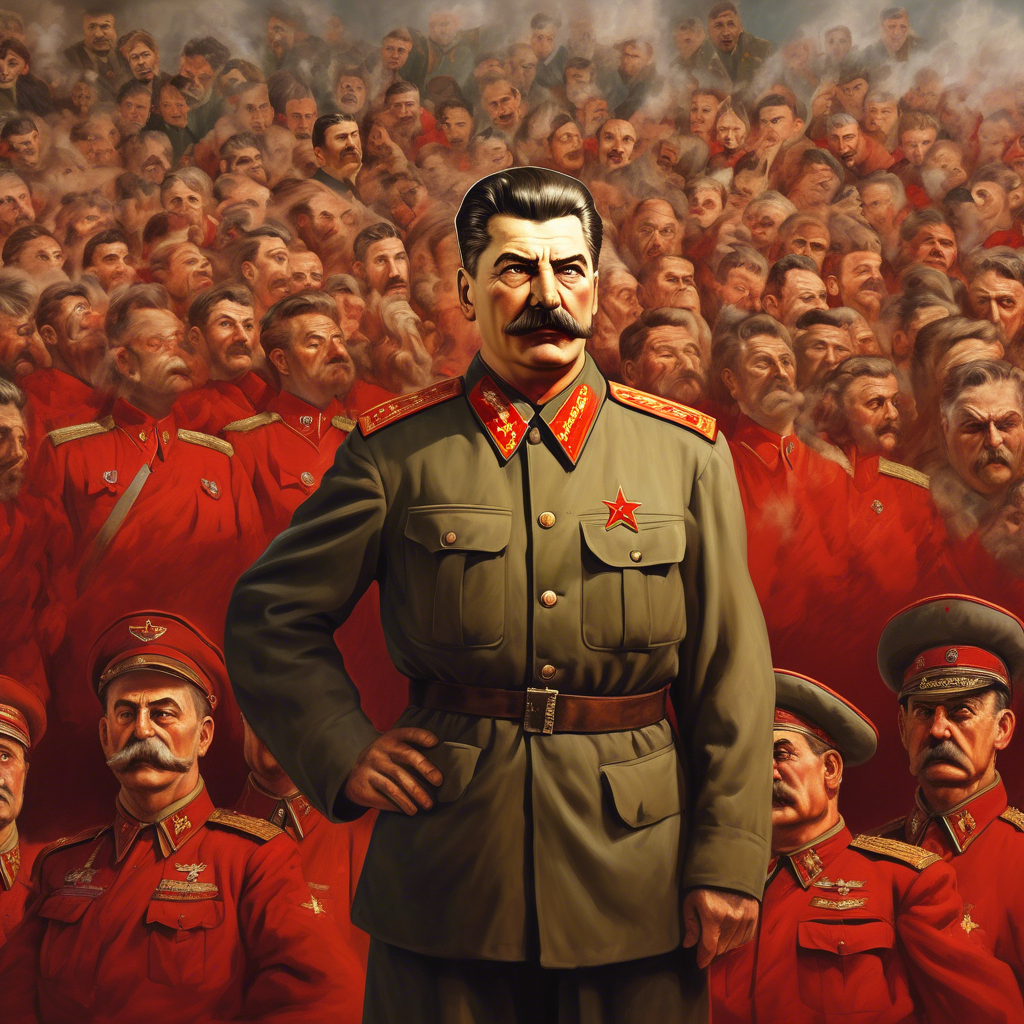
1. Introduction
Brief overview of the life of Joseph Stalin
Joseph Stalin, born as Iosif Vissarionovich Dzhugashvili, was a prominent Soviet leader who ruled the Soviet Union with an iron fist for over two decades. Born on December 18, 1878, in Gori, Georgia, Stalin rose to power after the death of Vladimir Lenin and implemented policies that shaped the course of Soviet history.
Importance of studying Stalin’s biography
Studying Stalin’s biography is crucial for understanding the complexities of totalitarian regimes, the consequences of absolute power, and the impact of ideology on society. Stalin’s reign of terror and the atrocities committed during his rule serve as cautionary tales for future generations.
2. Early Life and Family Background
Birth and childhood of Joseph Stalin
Joseph Stalin early life was marked by hardship and poverty. Born into a humble family, he faced numerous challenges that shaped his worldview and political beliefs. His early experiences laid the foundation for his later actions as a leader.
Family background and upbringing
The influence of Stalin’s family, particularly his mother and father, played a significant role in shaping his character and ambitions. The struggles of his family and the social environment in which he grew up had a profound impact on his political ideologies.
Influence of family on Stalin’s ideologies and beliefs
Stalin’s family instilled in him a sense of resilience, determination, and a deep-seated desire for power. The values and beliefs he absorbed from his family guided his actions as a revolutionary and leader of the Soviet Union.
3. Political Career and Rise to Power
Involvement in revolutionary movements
Stalin’s early involvement in revolutionary movements and his dedication to Marxist ideology set the stage for his ascent to power within the Bolshevik Party. His commitment to the cause and his strategic acumen helped him navigate the turbulent political landscape of early 20th-century Russia.
Role in the Bolshevik Party
Stalin’s role in the Bolshevik Party was instrumental in shaping its policies and direction. As a key figure in the party leadership, he wielded influence and power that would later propel him to the pinnacle of authority in the Soviet Union.
Leadership during the Russian Revolution of 1917
Stalin’s leadership during the Russian Revolution of 1917 showcased his organizational skills and political astuteness. His contributions to the revolution laid the groundwork for his future dominance in Soviet politics.
4. Consolidation of Power
Stalin’s tactics in consolidating power within the party
Stalin’s ruthless tactics in consolidating power within the Communist Party, including purges and political maneuvering, solidified his grip on the party apparatus. His ability to eliminate rivals and assert his authority paved the way for his totalitarian rule.
Policies and reforms implemented during Stalin’s rule
Stalin’s rule was marked by a series of policies and reforms aimed at industrializing the Soviet Union, collectivizing agriculture, and maintaining strict control over society. His drive for modernization and centralization had far-reaching consequences for the country.
Five-Year Plans and industrialization
Stalin’s ambitious Five-Year Plans aimed at transforming the Soviet economy from agrarian to industrial. The rapid industrialization under his leadership propelled the Soviet Union into a global power but came at a great human cost.
5. The Great Purge
Overview of the Great Purge
The Great Purge, also known as the Great Terror, was a period of mass repression and political purges orchestrated by Stalin to eliminate perceived enemies and consolidate his power. The purges targeted a wide range of individuals, including party members, intellectuals, and ordinary citizens.
Reasons behind the purges
Stalin’s paranoia, desire for absolute control, and belief in the need for constant vigilance against internal and external threats drove the purges. The purges were also used to eliminate real and perceived opposition to his rule and maintain a climate of fear and obedience.
Impact on Soviet society and politics
The Great Purge had a devastating impact on Soviet society, leading to widespread fear, suspicion, and betrayal. The purges decimated the ranks of the party, the military, and the intelligentsia, weakening the fabric of Soviet society and leaving a legacy of trauma and distrust.
6. World War II and Stalin’s Leadership
Role of Stalin in World War II
Stalin’s leadership during World War II was marked by strategic acumen, determination, and ruthless pragmatism. His decisions, such as the defense of Stalingrad and the Soviet counteroffensive, played a crucial role in turning the tide of the war against Nazi Germany.
Relationship with Allied leaders
Stalin’s relationship with Allied leaders, particularly Winston Churchill and Franklin D. Roosevelt, was marked by mutual suspicion, strategic cooperation, and ideological differences. The Allied leaders’ collaboration with Stalin during the war reshaped the post-war world order.
Legacy of Stalin’s leadership during the war
Stalin’s leadership during World War II solidified his image as a strong and decisive leader. His role in the defeat of Nazi Germany and the subsequent establishment of Soviet influence in Eastern Europe shaped the geopolitics of the Cold War era.
7. Post-War Era and Cold War
Stalin’s policies in the post-war era
In the post-war era, Stalin’s policies focused on consolidating Soviet power in Eastern Europe, rebuilding the war-torn Soviet Union, and expanding Soviet influence globally. His aggressive actions and expansionist policies heightened tensions with the Western powers.
Tensions with the West and the beginning of the Cold War
The growing tensions between the Soviet Union and the Western powers, fueled by ideological differences and geopolitical rivalries, marked the beginning of the Cold War. Stalin’s aggressive stance and repressive policies contributed to the escalation of hostilities between East and West.
Death and legacy of Joseph Stalin
Stalin’s death in 1953 marked the end of an era of terror and repression in the Soviet Union. His legacy, characterized by authoritarianism, mass atrocities, and a cult of personality, continues to shape perceptions of Soviet history and the impact of totalitarian rule.
8. Conclusion
Summary of key points in Stalin’s biography
Joseph Stalin’s life was marked by ambition, ruthlessness, and a relentless pursuit of power. His rule transformed the Soviet Union into a superpower but came at a great human cost. The key events in his biography, from his early years to his leadership during World War II and the Cold War, reflect the complexities of his legacy.
Impact of Stalin’s rule on the Soviet Union and the world
Stalin’s rule had a profound impact on Soviet society, politics, and culture. The legacy of the Great Purge, the policies of industrialization and collectivization, and the geopolitical consequences of his leadership continue to reverberate in the post-Soviet era and global politics.
Personal reflections on studying Stalin’s life
Studying Stalin’s life offers valuable insights into the nature of power, the dangers of totalitarianism, and the complexities of historical memory. Reflecting on Stalin’s legacy prompts critical examination of authoritarian rule and the enduring legacy of his rule on the Soviet Union and the world.
9. References
List of sources and references used in documenting Stalin’s biography
– “Stalin: The Court of the Red Tsar” by Simon Sebag Montefiore
– “Stalin: A Biography” by Robert Service
– “The Stalin Era” by Anna Louise Strong
– “The Great Terror: A Reassessment” by Robert Conquest
– “Bloodlands: Europe Between Hitler and Stalin” by Timothy Snyder
– “Stalinism and Nazism: Dictatorships in Comparison” by Ian Kershaw and Moshe Lewin
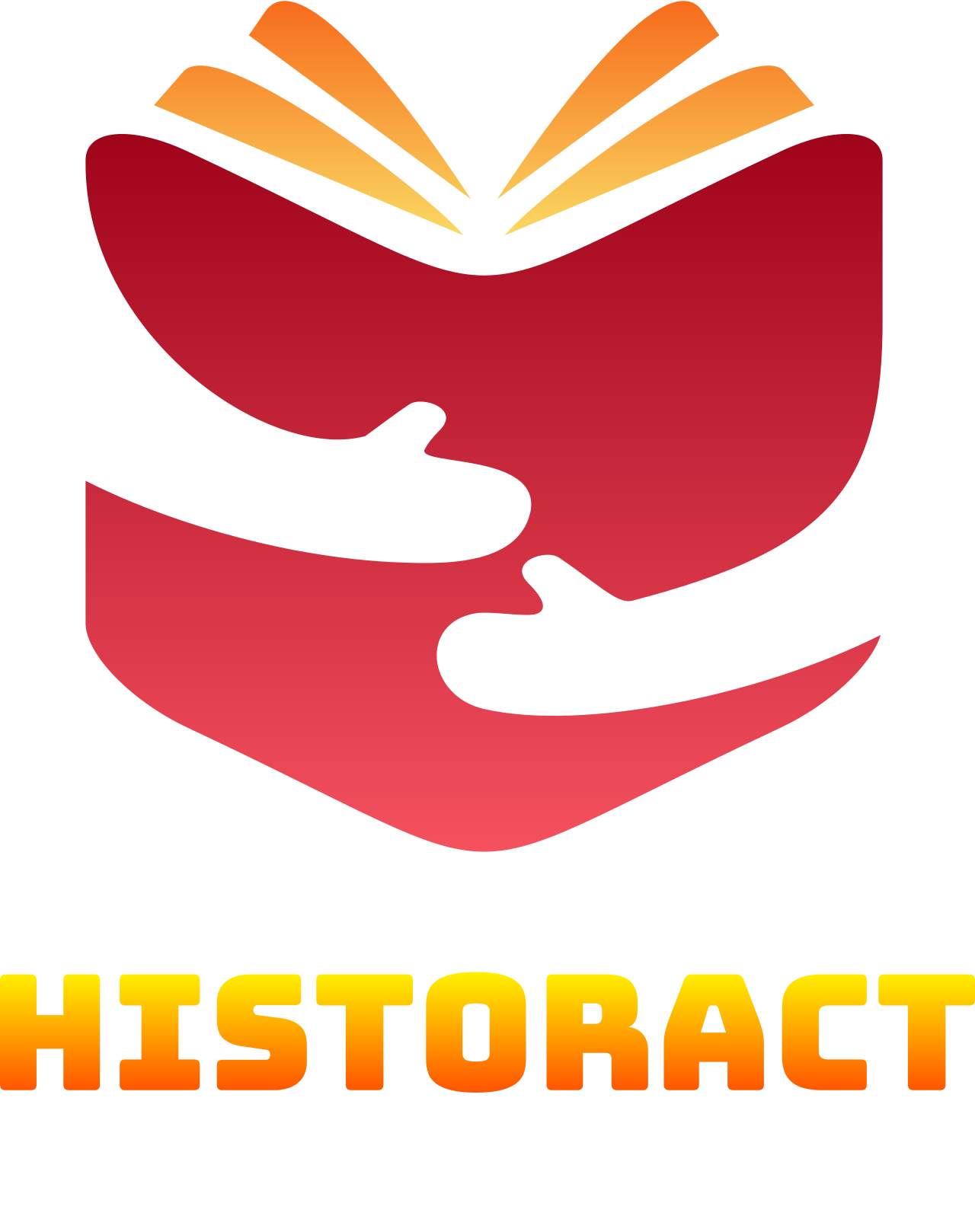
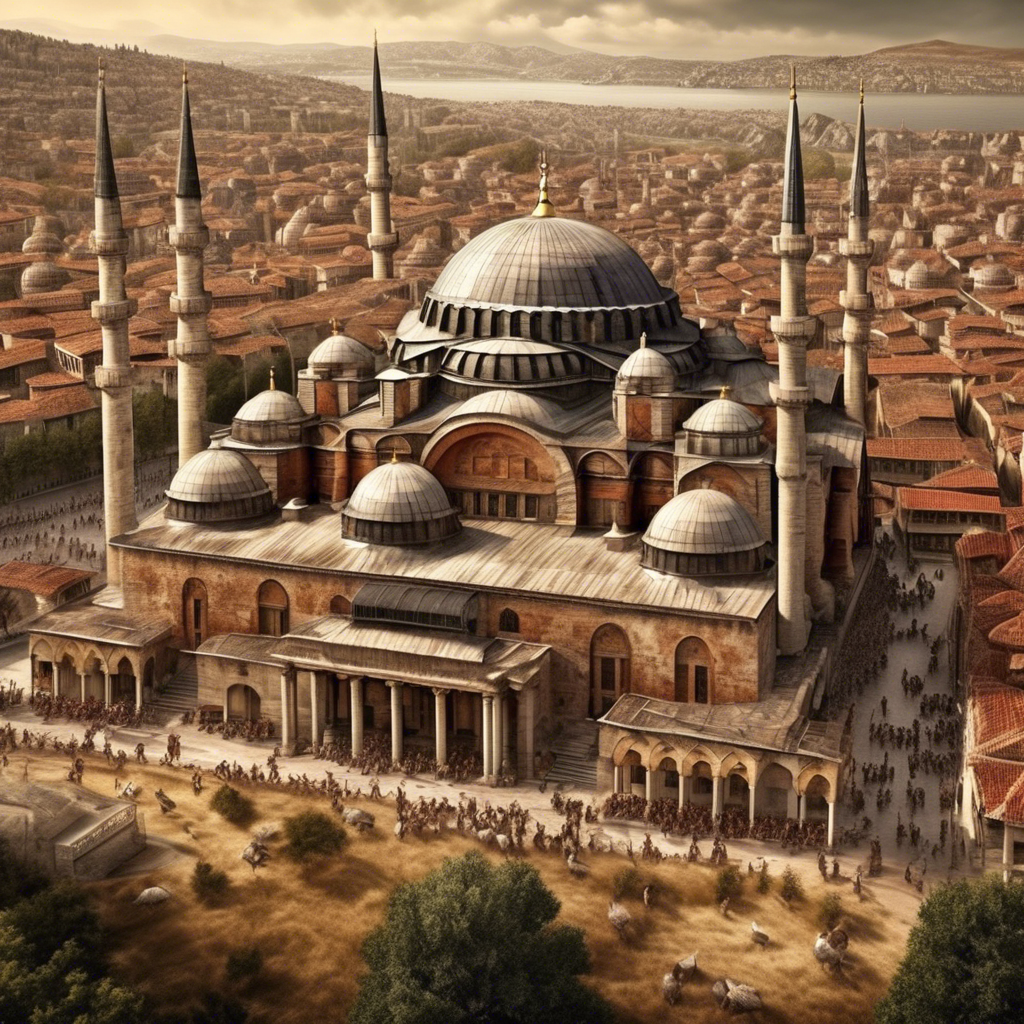
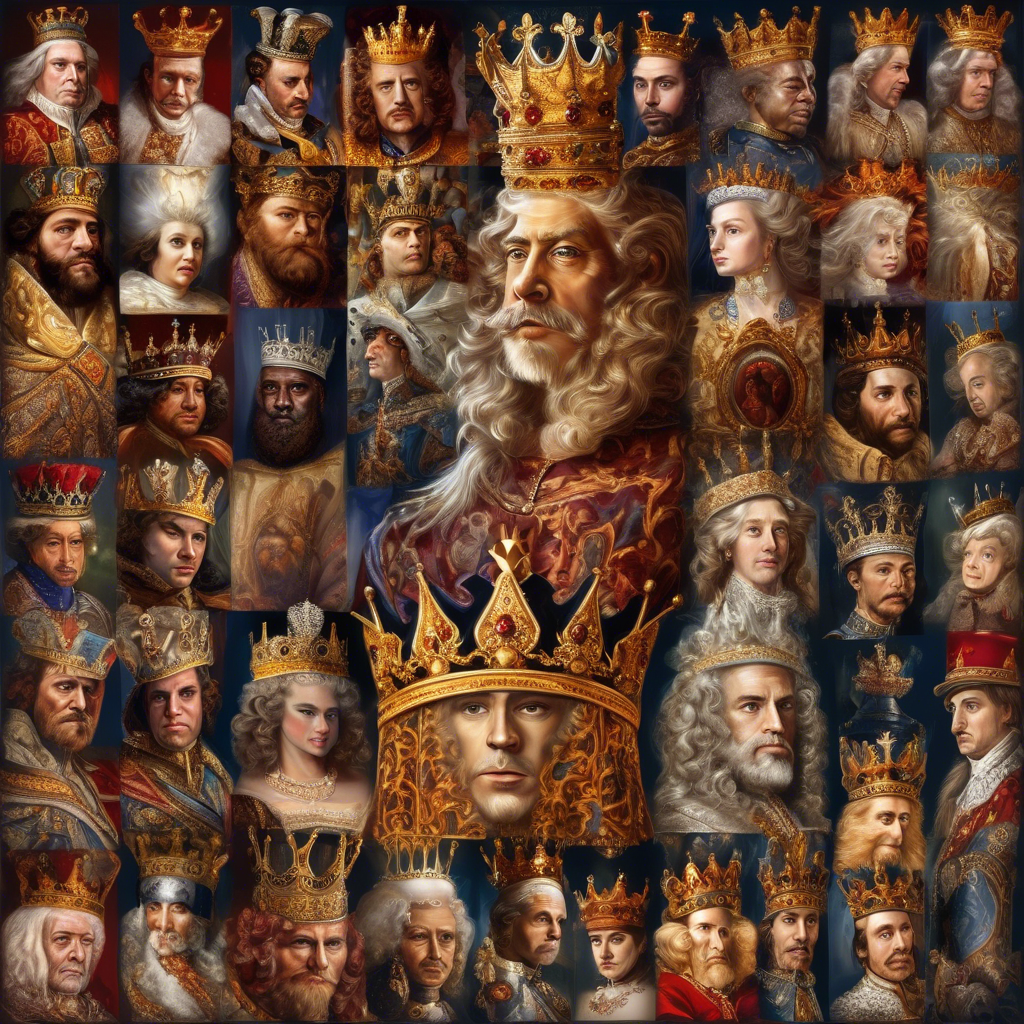
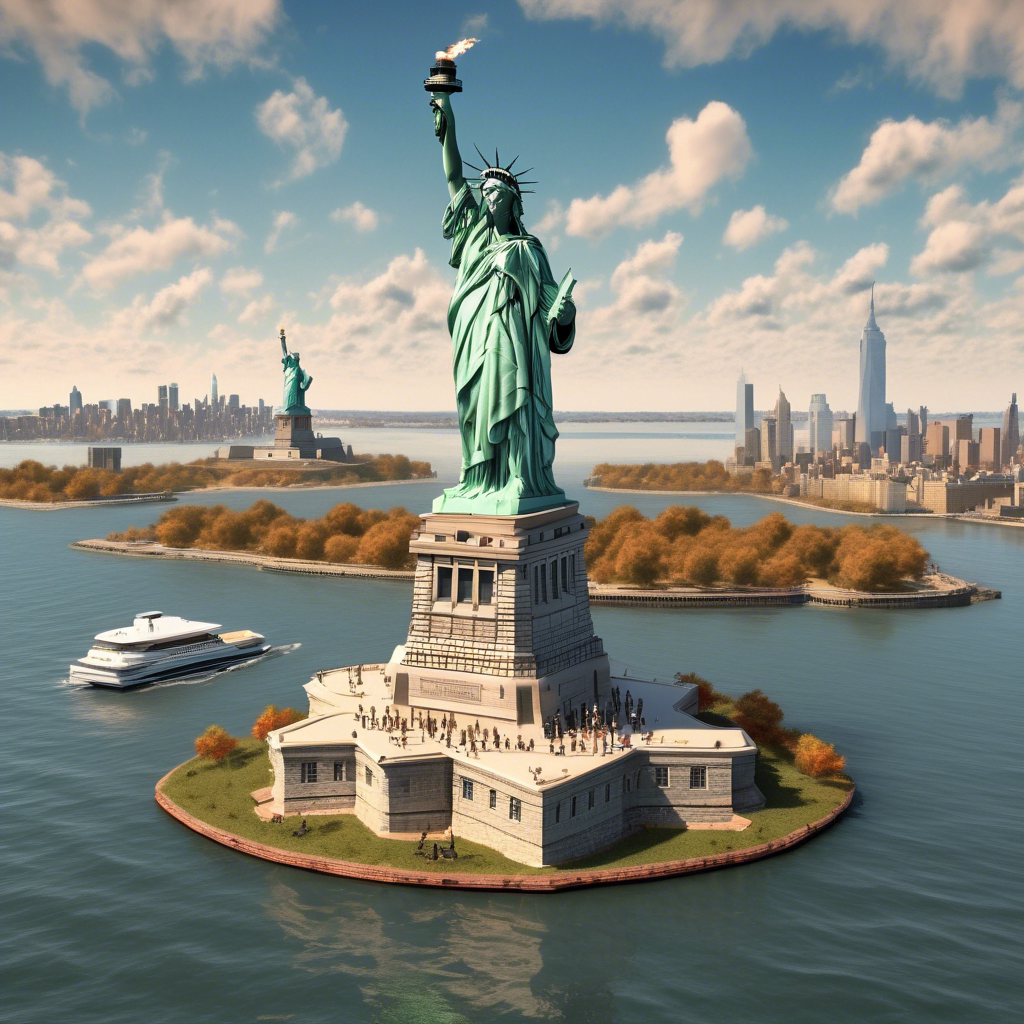
Leave a Reply